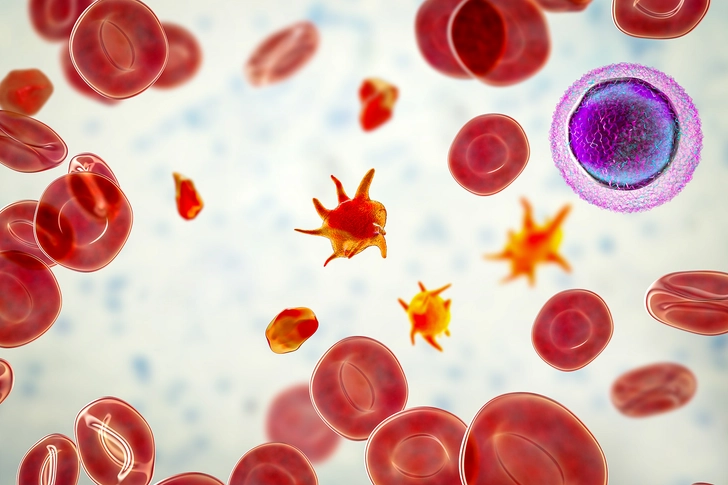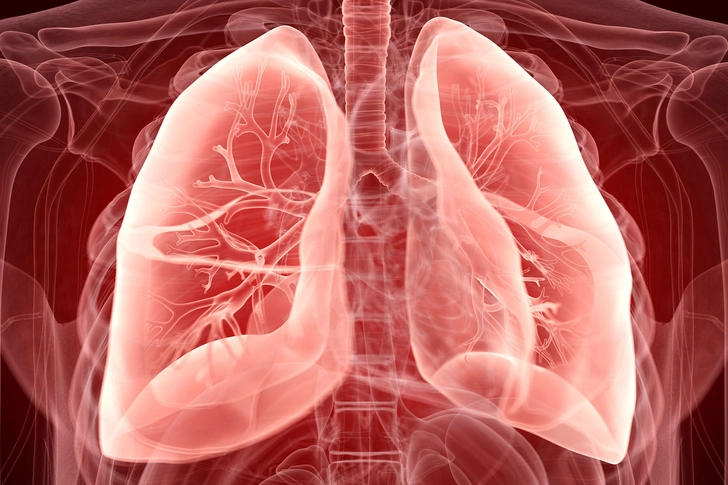Signs Your Lupus May Be Getting Worse



Is Your Lupus Getting Worse?
Lupus symptoms can range from mild to severe. They might affect just one part of your body or your entire body. You may have symptoms that come and go, or you could get new symptoms over time. Some new symptoms could be a sign that your lupus is getting worse. If you have any of the following, let your rheumatologist know.

New or Worsening Rashes
Rashes across your face or on your arms from the sun are a common lupus symptom. If you get a new one, have a rash that gets worse, or a rash doesn’t respond to sun protection, this could be a sign your disease is active.

Easy Bruising
People with lupus can have a low number of platelets – the cells that help your blood clot. This shortage can make you bruise easily. You might also get nosebleeds, or your gums may start bleeding more easily.

Extreme Tiredness
Fatigue – feeling very tired – is a common problem with lupus. But if it feels worse than ever, it could be another sign of a low platelet count. It could also mean you have low hemoglobin, an important protein that helps your cells carry oxygen throughout your body.

Painful Breathing
If it hurts to take deep breaths, this could be a sign that lupus is affecting your lungs. Pleuritis, inflammation of the lining outside the lungs, is the most common lung problem in people who have lupus. It can cause stabbing pain in the chest that’s worse when you breathe deeply, laugh, sneeze, or cough.

Shortness of Breath
A feeling that you can’t catch your breath or pull in enough air could be another sign that lupus is affecting your lungs. Shortness of breath can be a symptom of pneumonitis, which is inflammation of the lung tissue. It can also come with chest pain, fever, and coughing.

Foamy Urine
Up to half of people with lupus get kidney disease, which is also called lupus nephritis. Foamy urine can be a sign of this. You could also see blood in your pee.

Swollen Legs
When your kidneys aren’t working properly, your body can hold on to fluids. One sign of this is swelling in your legs, feet, or ankles. This can mean that your lupus has progressed to kidney disease.

Fever With No Known Cause
If you’re running a fever but aren’t otherwise sick or fighting an infection, this could be another sign that your lupus has progressed to kidney disease (lupus nephritis).

Achy Muscles and Joints
Pain in muscles and joints is common in lupus. But new or worse pain in these areas could be a sign of worsening disease – specifically that your condition is progressing to lupus nephritis.

Swollen, Red, or Warm Joints
Lupus nephritis can cause puffy, hot, or red joints. Lupus arthritis can cause these symptoms as well when lupus inflames the lining of the joints.

Mood Swings and Personality Changes
In some cases, lupus can lead to anger, crankiness, mood swings, or personality changes that look like schizophrenia or bipolar disorder. But the corticosteroids used to treat lupus may also cause mood-related side effects. These meds can be adjusted or stopped if this is the case.
IMAGES PROVIDED BY:
- Image Source / Getty Images
- SCIENCE PHOTO LIBRARY / Science Source
- iStock / Getty Images
- iStock / Getty Images
- iStock / Getty Images
- Science Photo Library / Getty Images
- iStock / Getty Images
- iStock / Getty Images
- E+ / Getty Images
- Moment / Getty Images
- iStock / Getty Images
- Tetra images / Getty Images
SOURCES:
Jose Rubio, MD, assistant professor, University of Alabama at Birmingham Division of Clinical Immunology and Rheumatology, Birmingham, AL.
Jane Salmon, MD, professor of medicine, Weill Medical College of Cornell University; rheumatologist, Hospital for Special Surgery, New York City.